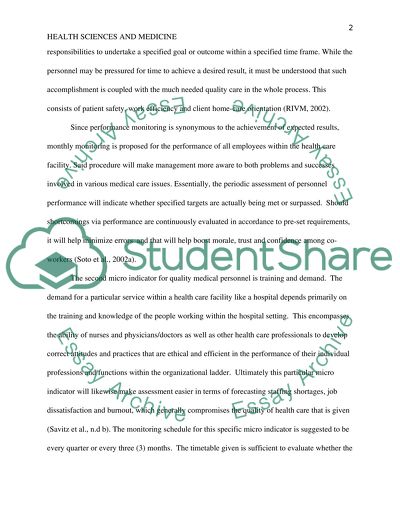Cite this document
(“Controls and Indicators for a hospital's CEO Case Study”, n.d.)
Controls and Indicators for a hospital's CEO Case Study. Retrieved from https://studentshare.org/health-sciences-medicine/1435445-controls-and-indicators-for-a-hospital-s-ceo
Controls and Indicators for a hospital's CEO Case Study. Retrieved from https://studentshare.org/health-sciences-medicine/1435445-controls-and-indicators-for-a-hospital-s-ceo
(Controls and Indicators for a hospital'S CEO Case Study)
Controls and Indicators for a hospital'S CEO Case Study. https://studentshare.org/health-sciences-medicine/1435445-controls-and-indicators-for-a-hospital-s-ceo.
Controls and Indicators for a hospital'S CEO Case Study. https://studentshare.org/health-sciences-medicine/1435445-controls-and-indicators-for-a-hospital-s-ceo.
“Controls and Indicators for a hospital'S CEO Case Study”, n.d. https://studentshare.org/health-sciences-medicine/1435445-controls-and-indicators-for-a-hospital-s-ceo.


